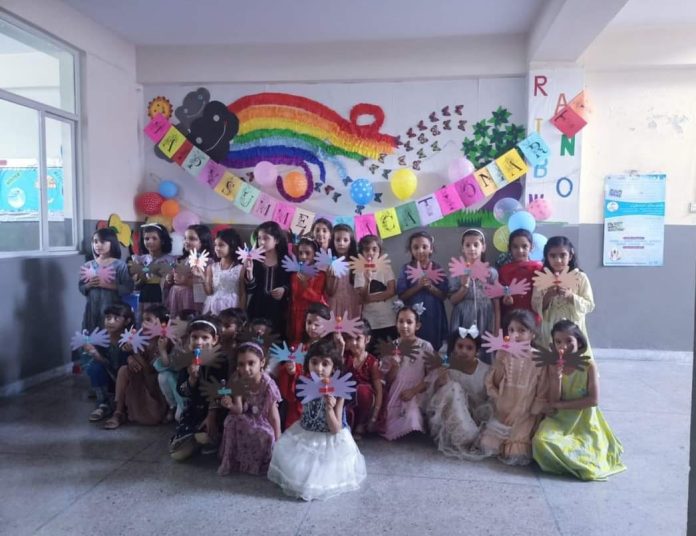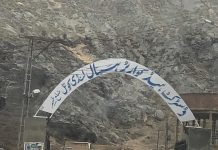By Ashrafuddin Pirzada
KHYBER: The advancement of female education in the conflict-impacted areas especially in Bara tehsil of Khyber tribal district remains hampered by deteriorating school facilities, insufficient teaching staff, and limited access to educational institutions beyond the primary level, residents and officials in the district said.
Recent statistics from the education department reveal that 26 of the 30 severely damaged girls’ schools are currently under reconstruction with Chinese financial support. However, four schools still await inclusion in any reconstruction programs.

The staff shortage in state-run schools Landikotal and Jamrud has also suffered an education system both in boys and girls schools.
The residents of far-flung areas BazarZakhakhel, Loey Shalman and Mulagori repeatedly raised their voices for teaching staff in girls’ schools.
Between 2005 and 2014, militant groups destroyed nearly 100 government schools in Bara, including 30 designated for girls. Today, many female students endure harsh weather in tattered tents, though some schools have installed temporary classrooms that offer minimal relief.
During the latest enrollment drive in Bara, the education department struggled to meet its targets. Increasingly, parents prefer nearby seminaries over tent schools lacking basic amenities such as drinking water, toilets, and electricity. Official data shows that just over 5,000 out-of-school girls were enrolled in March and April, falling short of the 11,000 target.
The situation is further exacerbated by a severe shortage of female teachers, with 525 vacant positions. Many schools operate with only one teacher for more than 100 primary students. The dropout rate among girls spikes after primary school due to a shortage of middle and high schools, and the long distances to these institutions.
Javed Afridi, a social activist from the Sipah tribe, highlighted the financial and cultural barriers that prevent girls from continuing their education beyond primary school. The district has only 54 middle and higher secondary schools for girls compared to 285 primary schools.
District Education Officer (Female) Samina Ghani noted that while parental willingness to educate daughters is increasing, obstacles such as a lack of teachers, poor school conditions, and the distance to higher-level schools drive many parents to opt for seminaries or discontinue their daughters’ education altogether.
“In many schools, we have just one female teacher against six sanctioned positions, and some remote schools have no teachers at all,” she said, adding that the standard requirement is one teacher for every 140 students.
In some areas, parent-teacher councils have raised funds to hire ad hoc female teachers, boosting enrollment numbers slightly. However, the overall poor state of schools and the scarcity of middle and higher secondary schools continue to impede the educational progress of many girls.
In the Tirah Valley, conditions are particularly bleak, with no high schools for girls and significant difficulties in recruiting female staff for primary schools.
Despite these challenges, Ms. Ghani expressed optimism about the region’s improving security situation, noting that no female teachers have reported feeling unsafe. She expects a rise in girl enrollment once the 26 schools currently under construction are completed by year’s end.
The new school buildings will feature six classrooms each, replacing the old two-room designs, and will be equipped with additional facilities to support the students better.












